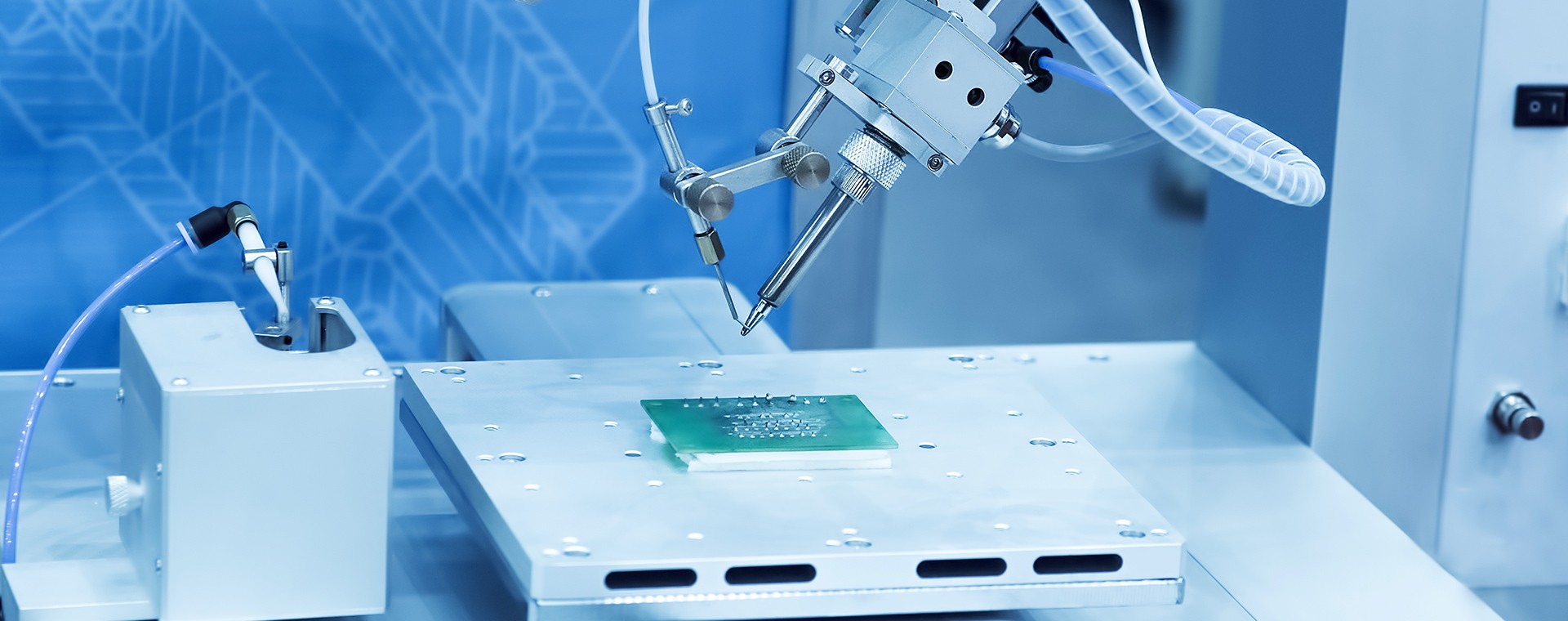


Mechatronics itself is not a new technology or discipline. It is a new approach by which products can be designed, developed and manufactured in a synergic manner through the utilization of different disciplines. In short, Mechatronics is a new philosophy in which the design, development and manufacturing process is accomplished through the integration of multidisciplinary fields such as mechanical engineering, electrical engineering, electronics engineering, telecommunications engineering, control engineering and computer engineering. The term "mechatronics" over time has begun to be perceived as an integration of electronics and control technologies with mechanical systems in a synergic way. Due to the decrease in size and price of electronic components and microprocessors, power control and delivery in mechanical systems have experienced a change from control with mechanical parts to control with electronic parts, microprocessors and microcontrollers. This transition helped this philosophy of mechatronic design to be globally accepted. The closest disciplines to mechatronics can be listed in order of closeness as Mechanical, Electrical and Electronics, and Computer Science. Mechatronics necessitates fundamental knowledge and skills in these three disciplines as prerequisites. However, having fundamental knowledge and skills in these disciplines is not enough. Furthermore, mechatronics requires the use of these abilities in a synergic manner.
Mechatronics has been recognized as a separate educational degree in the universities around the world for the last ten years. Today, mechatronics education and its research have become widespread in countries like USA, Canada, Germany, Norway, Australia and Japan. In these countries, "Mechatronics Engineers" have already graduated from Bachelor, Master, and Ph.D. programs. Since the demand from industry is quite high, almost all the graduates from the mechatronics programs are employed relatively easily.
The engineering education both in Europe and USA relies on graduating expert engineers who can focus on specific subjects. Recent technological advances require the integration of academicians who are from different fields of expertise rather than opening new dedicated fields or disciplines. One of these engineering fields is Mechatronics Engineering.
Industry urgently needs expert mechatronics engineers who have a mechatronics formation with a wide perspective and R&D experience, who can focus on projects not just as a Mechanical, Electrical-Electronics or Computer Engineering approach but also with a mechatronics approach. Therefore, the main contribution of the Mechatonics Ph.D. program is to fulfill the needs of industry.
After the rise of microprocessors in the 1970s, there has been a tremendous increase in mechatronics products that consist of mechanical, electronic and programming components. Today, mechatronics technology is used in many sectors such as automotive, aircraft-space, textile, machine tools, computer, communication, electronics, medical, biomedical, etc.
The reason for requiring the mechatronics approach in industry is due to the lack of engineering education in universities. Suppose that a mechanical engineer would like to design a pressing machine or an automobile if he/she uses electronic circuits or microprocessors, then he/she is considered as a modern engineer, otherwise he/she is thought to have designed an outdated product. The solution is to equip the design engineers with the necessary electrical-electronics as well as computer engineering knowledge. Mechatronics is not an approach in which the design process is divided in separate phases such as mechanical design and construction, control, electronic systems and informatics sciences, but these phases should be considered simultaneously to obtain a better quality product. Therefore, it is rather a new approach and thinking method than a new technology. Mechatronics is not the sum of the fields of mechanical, electrical-electronics and computer engineering, rather it gathers necessary information from these fields and generate functions that would not be possible by utilizing these fields individually. Recently, industrial firms which are compelled to do exporting realized the need for the transition from importing technology to creating technology. Some companies have made this transition already and some other firms have just started the transition stage. The prerequisites of any firm that produces technology and develops prototypes which can later be a patented final products are the existence of engineers who are qualified, have research capability and have interdisciplinary skills. One of the problems that the national and global industries face is to have engineers like mechanical, electrical-electronics and computer engineers who are involved in the development of a new prototype at different stages resulting in prolonging the development process.
In a similar fashion, in case the control of an already existing product, system or a machine is required to enhance the performance, mechanical, electrical-electronics and computer engineers need to have come together, however since they do not speak the same technical language and also do not have knowledge from the other fields, obtaining successful results may take more than required. Today's technology requires the manufacturing process of the mechanical systems to be controlled by computers and nested with electronics. In that case, there is a need for engineers who have learnt and understand the basis of mechanical, electrical-electronics and computer technologies and used them in a more synergic way. Therefore, the purpose and goal of the proposed Mechatronics Ph.D. program is to fill this gap in the industry with engineers who have doctoral degrees.